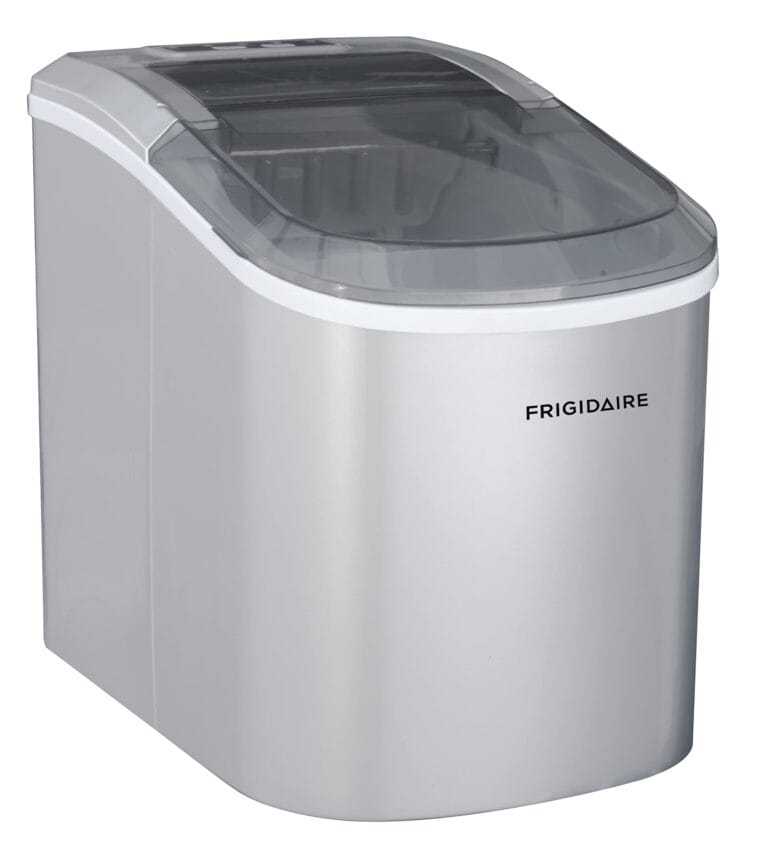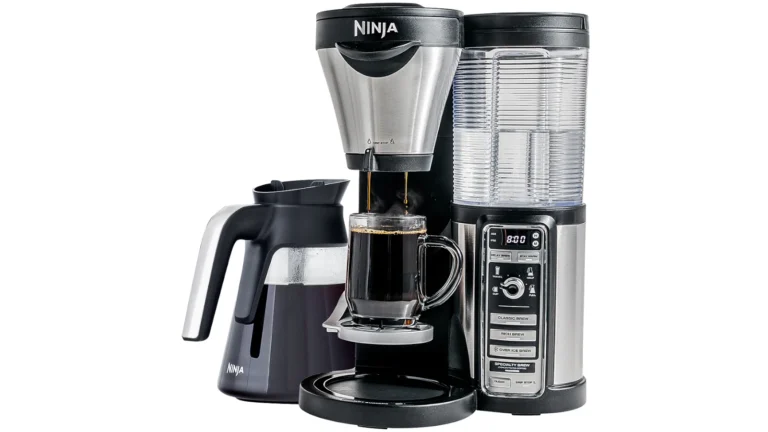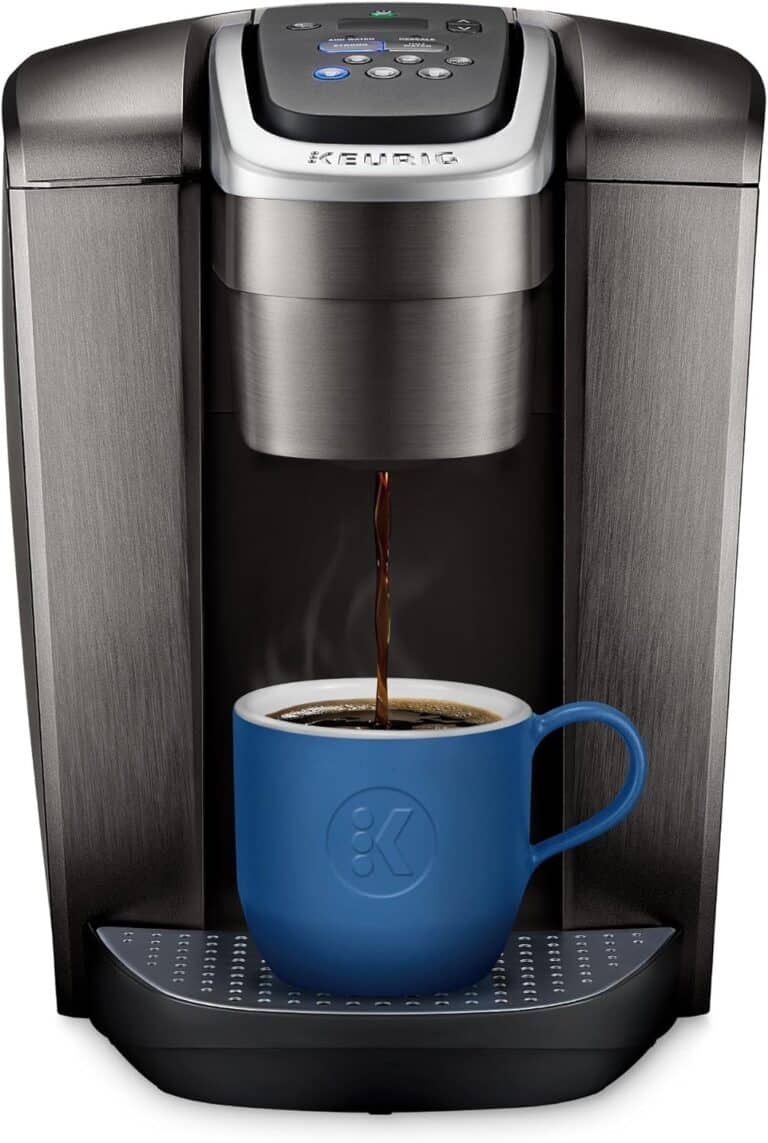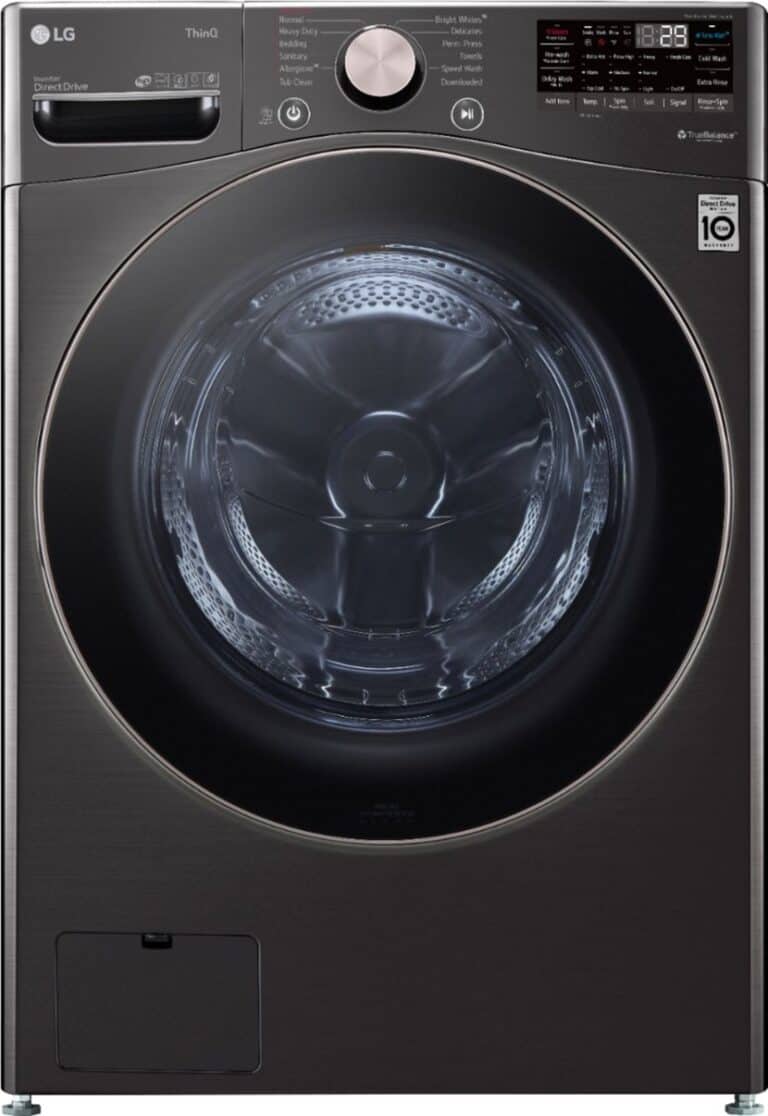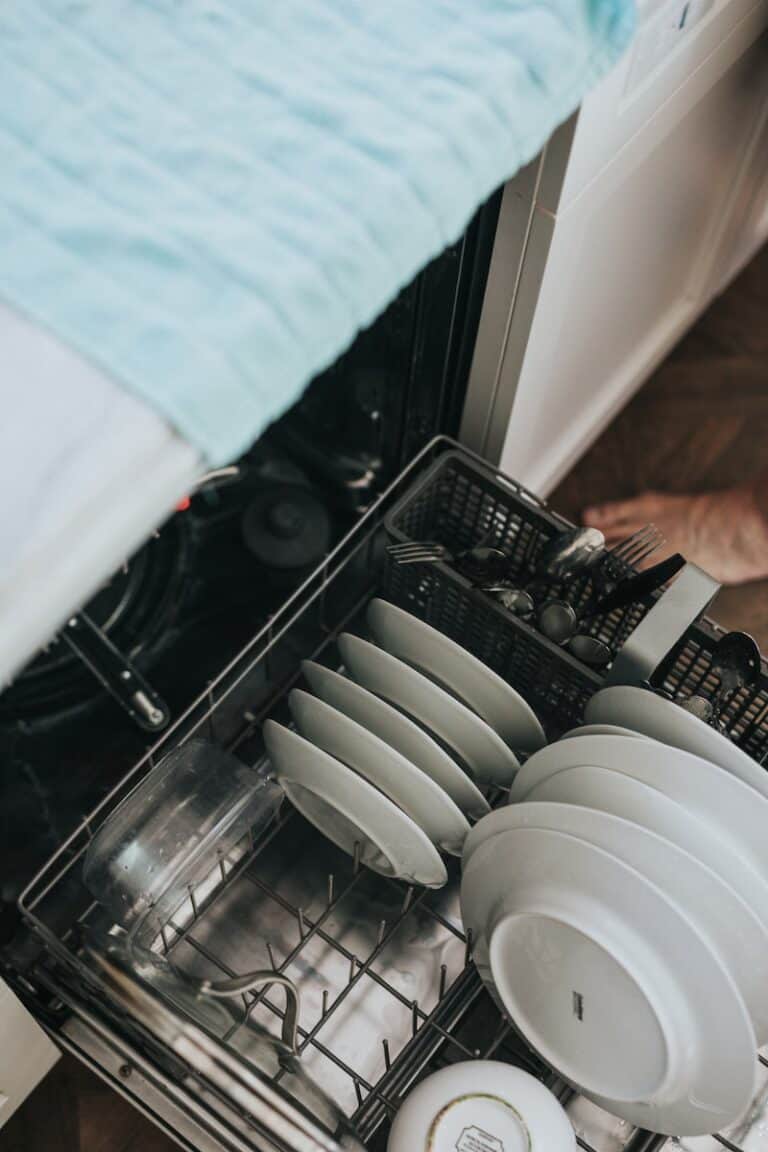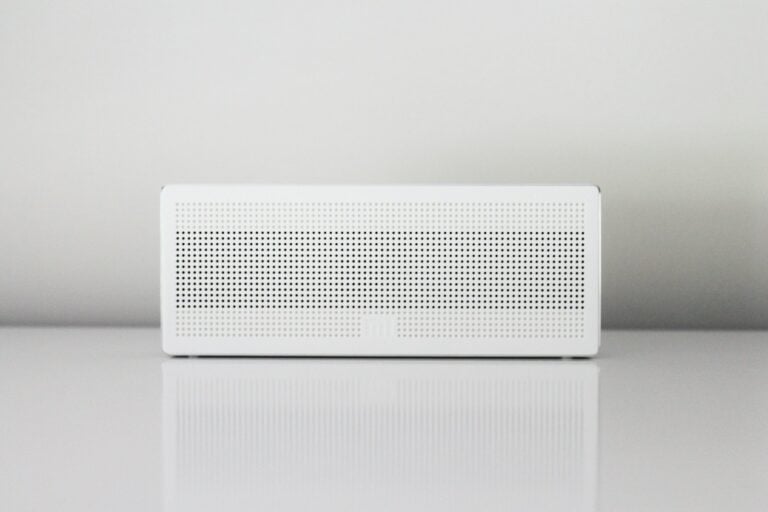When a Kenmore washer won’t drain, it may be due to a clog in the drain hose or pump, or an incorrectly positioned hose. Before calling for repairs, there are several things you can check. First, make sure the drain hose at the back of the machine is clear and properly connected. Always unplug the washer and shut off the water supply before checking anything. Also, check the height of the drain hose – it should be about 30 inches above the floor. Another possible issue could be a blocked drain pump filter, which can be cleared or replaced to fix drainage problems.
Troubleshooting Your Kenmore Washer’s Drainage Issues
A washer that won’t drain is a major hassle. But before you call the repair person, there are a few easy fixes you can try at home. Let’s dive into some common causes and how to take care of them.
Clogged Drain Hose
Your washer’s drain hose carries dirty water away from the machine. Over time, lint, coins, and other debris can build up, causing major blockages. Here’s how to tackle it:
- Locate the hose: Find the drain hose behind your washer. It’s usually large and corrugated.
- Detach and check: Disconnect the hose from the back of the washer. Take a peek inside for any obvious blockages.
- Clean it out: Use a strong blast of water from a hose to dislodge any buildup. If that doesn’t work, a long flexible brush or plumber’s snake might clear things up.
- Reattach and test: Once you’re sure the hose is clear, reattach it carefully. Run a short wash cycle to see if the problem is fixed.
Drain Pump Troubles
The drain pump is the heart of your washer’s drainage system. It’s responsible for pushing water out of the machine. If it’s malfunctioning, you may hear strange noises or find water pooling in the washer.
- Check for obstructions: Sometimes small objects can get trapped in the pump, preventing it from working correctly. Refer to your washer’s manual to safely access and check the pump for blockages.
- Reset time: Turn off your washer’s power, wait a few minutes, and then turn it back on. This simple reset can sometimes clear minor issues the drain pump might be having.
- Consult the manual: Most Kenmore washer manuals have specific instructions on how to reset the pump if needed.
Faulty Lid Switch (Top Load Washers)
Top-loading washers won’t drain if the machine thinks the lid is open. This is a built-in safety feature. A faulty lid switch can trick the washing machine into thinking the lid isn’t closed properly.
- Inspect: Look closely at the lid switch mechanism for any visible damage.
- Test: Some washers allow you to bypass the lid switch temporarily for testing. Consult your manual on how to do this safely.
When to Call a Professional
If you’ve checked the items above and your washer is still having drainage issues, it might be time to seek professional help. Here are some signs that a repair technician might be needed:
| Issue | Might Indicate |
|---|---|
| Burning smell or loud noises | Potential motor or electrical problems |
| The washer won’t spin or agitate | Problems with the drive belt or motor |
| Leaks from the washer | Damage to seals, gaskets, or internal hoses |
Don’t let a draining problem ruin your laundry day! Try these solutions for a quick fix.
Key Takeaways
- Drainage problems often stem from a clogged hose or improperly placed standpipe
- Regular maintenance can prevent blockages in hoses and filters
- Simple checks and fixes can solve common draining issues before needing professional repair
Diagnosing Your Kenmore Washer’s Drainage Issues
When a Kenmore washer is not draining properly, understanding the root causes is essential. This section guides you through identifying issues, inspecting the washer, and conducting advanced checks with a multimeter.
Identifying Common Causes
The first step is pinpointing why your Kenmore washer isn’t draining. Look for simple problems like clogged drain hoses or faulty lid switches. Regular maintenance can prevent these issues. For Kenmore Elite models or other types, a blocked pump filter could also hinder drainage.
Conducting Preliminary Inspections
Begin by inspecting the drain hose at the back of the machine for clogs or kinks. Ensure it is properly connected. Also, check the drain pump filter—a block there can cause issues. Ensure you’ve turned off the power and water supply before doing so for safety.
Using a Multimeter for Advanced Troubleshooting
For a deeper inspection, use a multimeter to test the door latch switch and drain pump. A faulty component might need replacement. You should see a reading that shows continuity; if not, the part is likely causing the drainage problem.
Effective Solutions for Drainage Problems
If your Kenmore washer is leaving clothes sitting in water, it’s time to investigate and fix the issue. Let’s look at how to remove blockages, address potential electrical or mechanical faults, and decide when to call in a pro.
Clearing Blockages and Clogs
Clogs are often the culprit when a washer won’t drain. They can occur in the drain hose, pump, or elsewhere. Here are steps to tackle them:
-
Drain Hose: First, ensure the washer is off and unplugged. Then, disconnect the hose from the back of the machine. Look for any obstructions like lint, small items, or debris and clear them out.
-
Drain Pump Filter: The filter might hold small items or lint. Locate it, usually at the front lower part of the washer, and clean it out. Often, you’ll find it behind a small door or panel.
-
Coin Trap: Some washers have a trap to catch foreign objects. It’s near the drain pump and should be checked for blockages.
-
Regular Maintenance: After clearing any blockages, run a test load to ensure the water drains. Regular checks can keep your washer running smoothly.
Addressing Electrical and Mechanical Issues
If blockages aren’t to blame, mechanical or electrical issues might be:
-
Drain Pump: Test the pump with a multimeter for continuity. If it’s faulty, consider replacing the pump.
-
Lid Switch or Door Latch: Check if these components are working as they tell the washer to start the drain cycle. If there’s an issue, the washer might not drain.
-
Power Supply: Confirm the washer is getting power. A malfunctioning control board or motor coupling might hinder the drain function.
When to Seek Professional Help
Sometimes, the problem may be beyond a simple fix. Here’s when to call a technician:
- When the pump has power but won’t run, it might be time for a new pump.
- If the multimeter shows no continuity in the lid switch or pump, these may need replacement.
- For deeper issues like motor couplings or bearings, professional help ensures a proper fix.
Complex problems need an expert. If after trying these steps your washer still has drainage problems, imagine how good it will feel to have a pro handle it. Seek out a repair technician for reliable assistance and peace of mind.
Frequently Asked Questions
This section addresses common issues and provides direct guidance to help troubleshoot and fix drainage problems with Kenmore washers.
How can I troubleshoot a Kenmore washer that is not draining or spinning?
First, run the drain and spin cycle to see if it resolves the issue. If not, check the pump and filter for blockages, cleaning out any debris you find. Make sure the machine is unplugged before attempting any repairs.
What steps should be taken to resolve a Kenmore washer that is not draining completely, especially in top load models?
For top load washers, verify that the lid switch is working, as a faulty switch can halt the drain cycle. Next, inspect the drain hose for clogs and ensure it’s properly installed.
Why might there be a noise coming from my Kenmore washer when it is attempting to drain?
Grinding or buzzing sounds during drainage suggest a possible pump motor issue. If you hear such noises, the motor might need a replacement.
What causes a Kenmore washer to leak water during the drainage cycle?
Leaks during drainage are often due to loose hose connections or a damaged door seal. Check and secure hoses, and replace the seal if you find any damage.
How can you manually initiate the drain cycle on a Kenmore washing machine?
To manually start the drain cycle, locate the drain option on the machine’s control panel. Some models may require setting the cycle to “Drain and Spin.”
What could be the reason for standing water remaining in my Kenmore washer after a wash cycle?
A clogged drain hose or filter can cause water to remain in the tub. Clear any blockages to ensure proper water flow and prevent future standing water.


